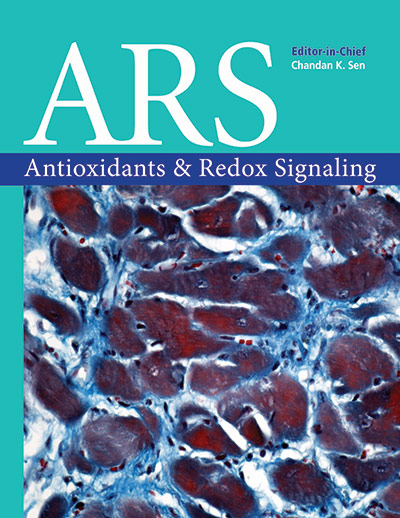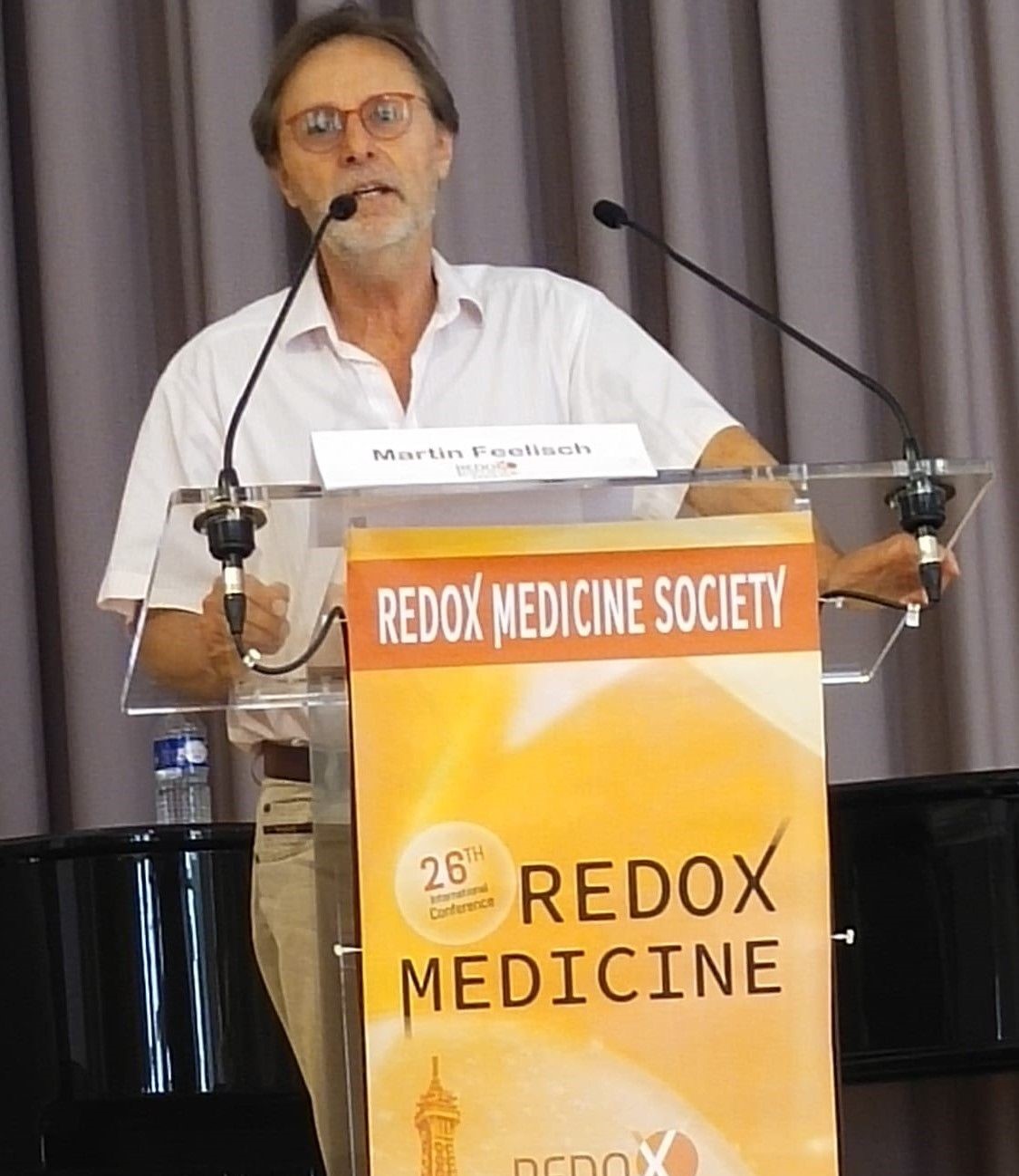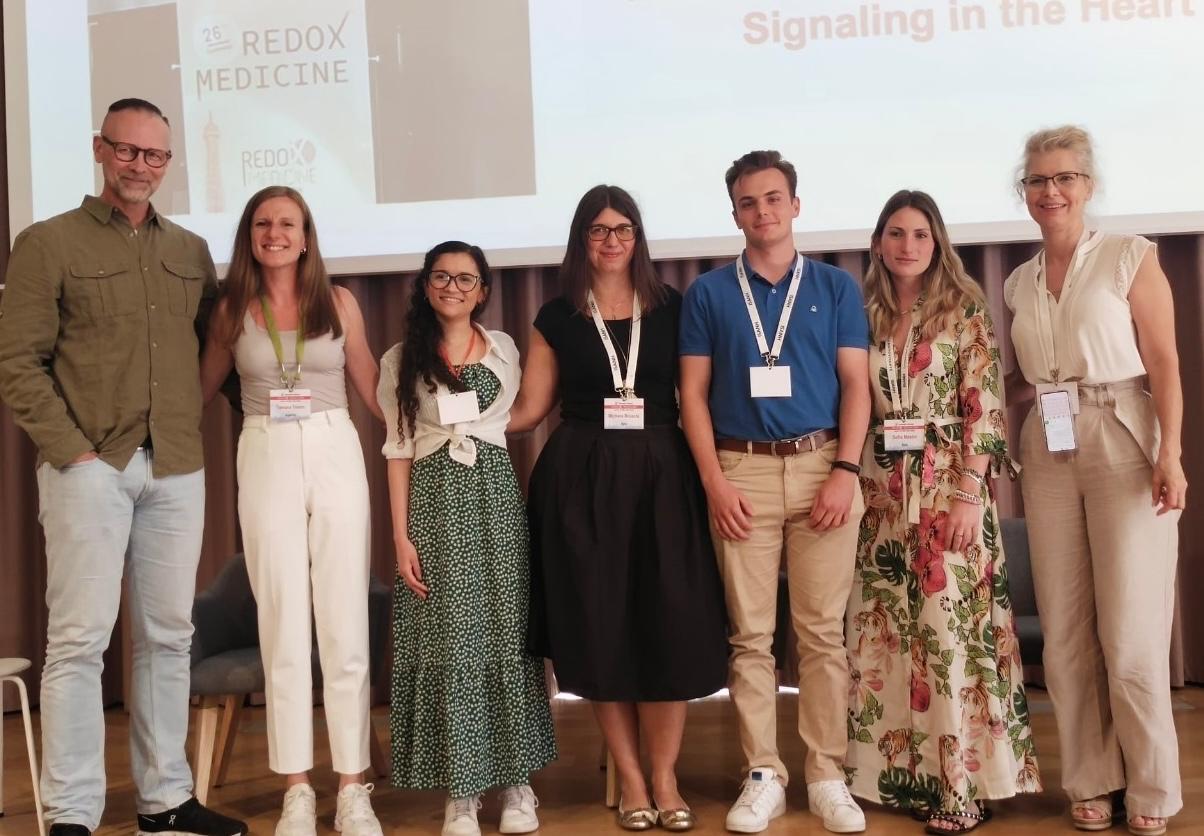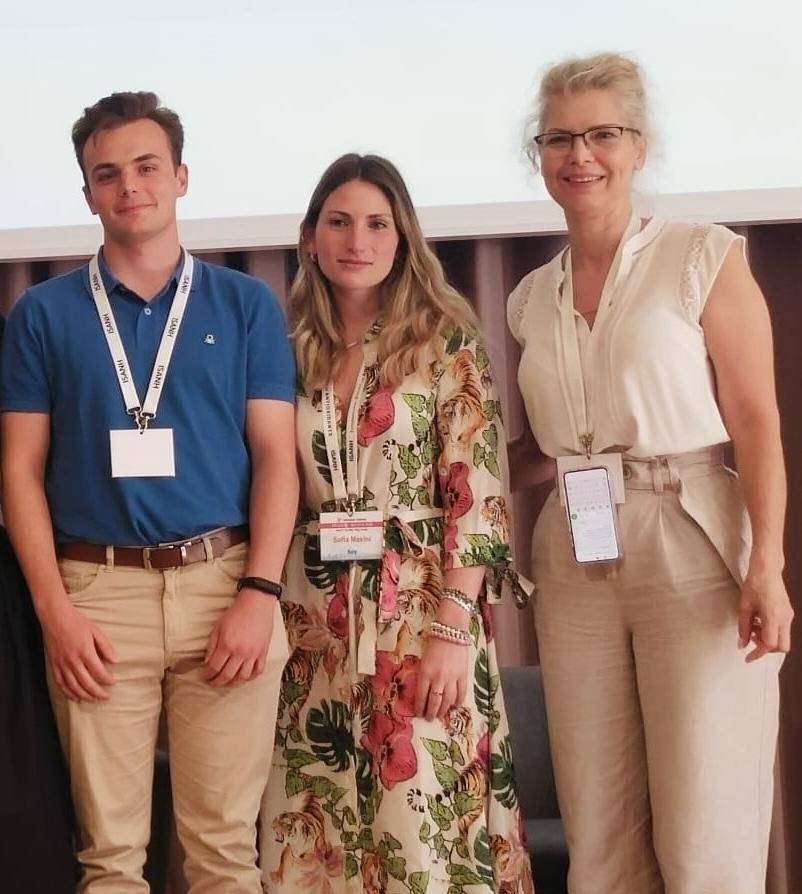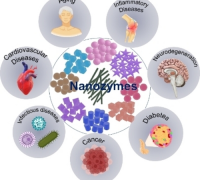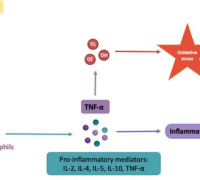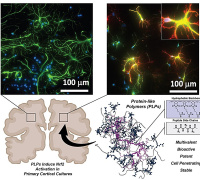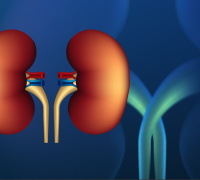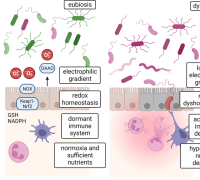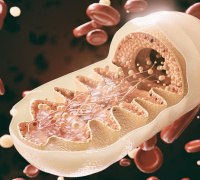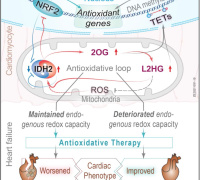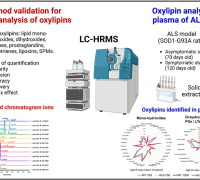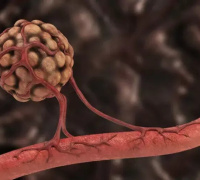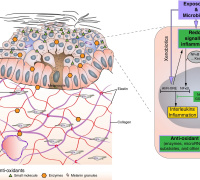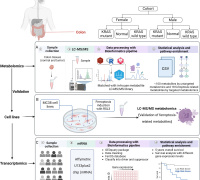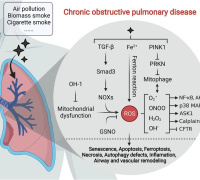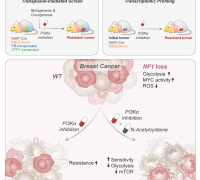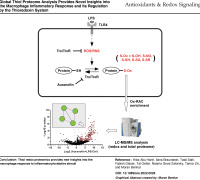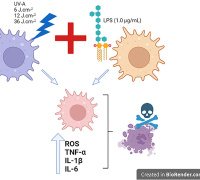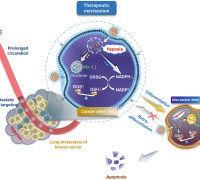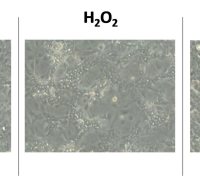Oxidative Stress and Energetic Failure: Common Features in 3 Different Mouse Models of Retinal Pigment Epithelium Defects
 Dr. Elora Vanoni, from the Institut La Vision, France, will present her most recent findings on "Oxidative stress and energetic failure: common features in 3 different mouse models of retinal pigment epithelium defects” during the session ''Ocular Disorders & Redox Medicine: Recent Advances & Perspectives''.
Dr. Elora Vanoni, from the Institut La Vision, France, will present her most recent findings on "Oxidative stress and energetic failure: common features in 3 different mouse models of retinal pigment epithelium defects” during the session ''Ocular Disorders & Redox Medicine: Recent Advances & Perspectives''.
Cells from the retinal pigment epithelium (RPE) ensure several functions crucial for vision and the overall retinal homeostasis, including the circadian phagocytosis of oxidized photoreceptor outer segments (POS) extremities. The RPE phagocytic machinery is composed by 2 main receptors: the αvβ5 integrin, synchronizing phagocytosis, and MerTK, necessary for POS internalization and which activity is regulated by the cleavage of its extracellular domain. Hence, we studied mitochondrial function and cellular stress in 3 different mouse models: β5-/- and Prpf31+/- mice, as well as MerTKCR mice devoid of the cleavage site.
Failure in mitochondrial activity and the energetic metabolism has been detected in all these models. However, increasing intrinsic oxidative processes were observed in β5-/- and Prpf31+/-, while MerTKCR mice seem to be sensitive to light-derived stress associated with augmented retinal inflammation. Interestingly, defects observed in Prpf31+/- mice are limited to the retina and thus tissue-specific, and anomalies of the intracellular circadian clock have also been pinpointed.
Taken together, these results highlight some common pathological mechanisms in these mouse models, and also highlight particular features related to the specific function of each protein.”
You can also submit your abstract for this session.
24th Annual ISANH Meeting
Paris Redox 2022 Congress
June 22-24, 2022 - Paris, France
www.isanh.net





